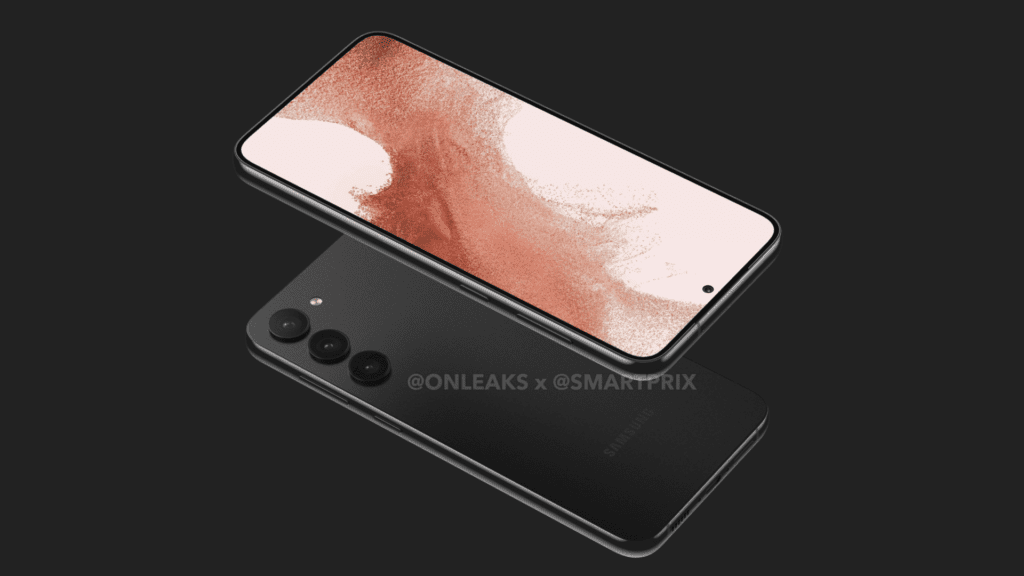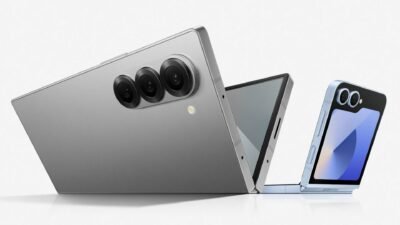The upcoming Galaxy S24 Ultra could capture 24MP images

According to rumors, the upcoming Galaxy S24 Ultra has the same camera hardware as its ancestor. However, the smartphone still offers high-quality images and videos due to its improved processing and AI. According to some recent pieces of information, the upcoming smartphone by Samsung could mimic a feature found on Apple’s iPhone 15 series.
Galaxy S24 Ultra might be able to capture 24MP resolution images
The recent information comes from a tipster named Ahmed Qwaider. Reportedly, the smartphone will have the capacity to capture 24 MP images by default. It means that it will omit capturing 12 MP images, which is part of the default settings. We believe he meant that the Galaxy S24 Ultra’s default image resolution will be 24 MP rather than 12 MP, even though his tweet isn’t quite clear.
While the built-in Gallery app provides three options (Portrait, Remaster, and Delete), the built-in picture editor’s Photo Remaster feature provides more information. Expert RAW is said to provide an ND Filter option for adjusting lighting while maintaining color integrity. But this functionality is already there. Well, if this information is correct, then Samsung has copied a feature from Apple’s latest flagship series.
Reportedly, the iPhone 15 series utilizes its 48MP camera to capture images. The images are captured in a binned-down 12MP resolution (after 4-in-1 pixel binning). Finally, they are merged with 48MP images to create a 24MP image. This technique preserves more image detail without significantly reducing the file size.
On Samsung’s smartphones, users can capture 12MP, 50MP, and 200MP images from the main camera. In contrast to the 12MP images, the 50-megapixel and 200-megapixel cameras don’t feature a wide dynamic range. Besides this, they require more space given their huge file sizes. Therefore, a good balance between details and file size is offered by the method used by Apple. The South Korean tech giant Samsung might opt for the same method for its upcoming Galaxy S24 Ultra.
Research Snipers is currently covering all technology news including Google, Apple, Android, Xiaomi, Huawei, Samsung News, and More. Research Snipers has decade of experience in breaking technology news, covering latest trends in tech news, and recent developments.











